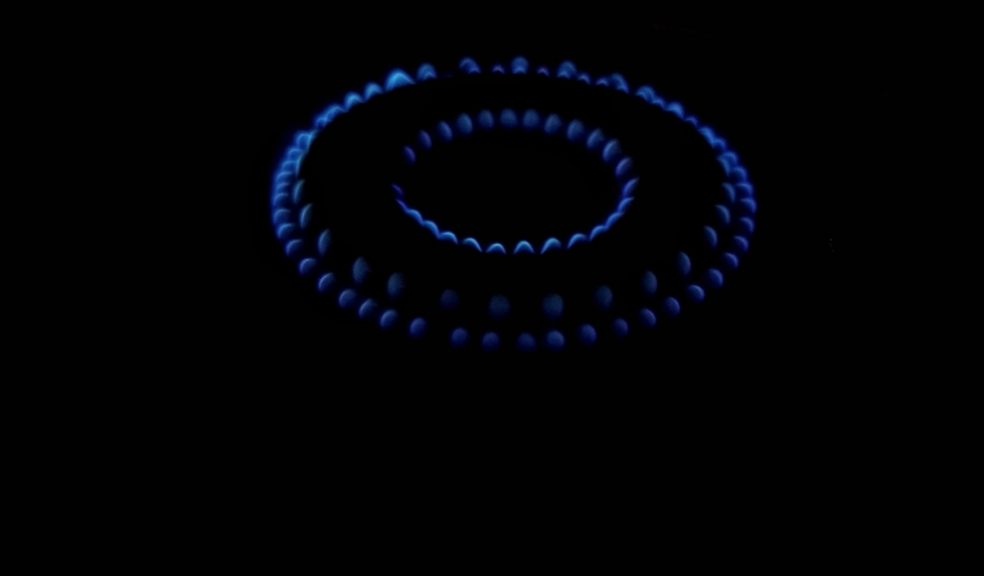
Five things to check when you get your energy bill
Energy bills can be hard to understand, but Mark Gutteridge from energy switching site Flipper says you should always take a couple of minutes to check a few key details when you get one.
There are 4 crucial bits of information amongst the pages of your bill that show if you are being charged correctly and paying the correct amount. Mark says it is especially important to make sure these details are right at this time of year when energy usage is at its peak.
Here is a quick guide on what you need to look at:
1. IS YOUR BILL BASED ON ACTUAL OR ESTIMATED USAGE?
If you don’t provide regular meter readings your supplier will calculate your bill based on estimated usage. Estimated usage is the suppliers ‘best guess’ of the amount of energy you have used based on the consumption of similar households to yours – but this could over or understate your actual usage by a significant amount. If your bill is based on estimated usage, you need to take a meter reading and send it to your supplier ASAP.
2. WHAT IS YOUR ACCOUNT BALANCE?
If you pay by monthly direct debit your account with your energy supplier is likely to show a credit or debit balance. This is because your monthly payment isn’t the actual cost of the energy you have used in that month, but the cost of your estimated annual usage divided by 12. While paying the same amount each month makes it easier to budget, it makes it harder to know if you are paying the right amount.
Usually, an account balance which is less than the value of two monthly payments is nothing to worry about. However, if you have a large credit balance you should contact your supplier and ask for some of it to be repaid or if you have a large debit balance you should, if at all possible, make an additional payment to reduce the debt. Having a debit balance can stop you switching to a better deal, as your current supplier will ask for this to be paid off before you leave.
3. IS YOUR MONTHLY PAYMENT THE RIGHT AMOUNT?
As well as checking your account balance, you should also check your monthly payment is set at the right level to cover your annual usage. If your actual energy usage has been higher or lower than expected – and with many of us spending much more time at home than usual in 2020 energy usage has generally been higher than usual - your monthly payment may be set too low (or high). So:
- Check your annual usage is being updated based on actual meter readings
- Check what the annual estimated cost of this usage is
- Divide this figure by 12
- If you get a different value to your current DD ask your supplier to update your payment amount ASAP.
4. ARE YOU ON A GOOD DEAL?
Even if your usage is based on actual meter reads, your account balance is minimal and your monthly direct debit is at the correct level, that doesn’t mean you are on a good deal. But you don’t need to spend hours on price comparison sites looking at prices to find this out, just check:
- What is my tariff called? If it is anything like ‘Standard’, ‘Flexible’, ‘Simpler
Energy’ or ‘The Energy Plan’ then you are on a
standard variable tariff - which is an expensive rate.
- Am I on my supplier’s best deal? Suppliers have to tell you this on your bill. The
information is normally somewhere on the first page but may not be easy to spot. If you’re not on your supplier’s best deal, you’re definitely not on a great deal.
- When did I last switch? If this was more than 12 months ago, it’s unlikely you
are still on a good deal
5. SHOULD YOU SWITCH?
If the answers to number 4 suggest you are not currently on a good energy deal, then it is definitely time to switch to a cheaper tariff… And even if you think you are on a good deal, it’s worth double checking!
The easiest way to check how much you could save and then switch is with Flipper.co.uk. Flipper will show your estimated saving in less than 1 minute and you don’t even need to have a bill to hand to get this. After that, it takes around 5 minutes to complete signing up and then Flipper do the rest.












